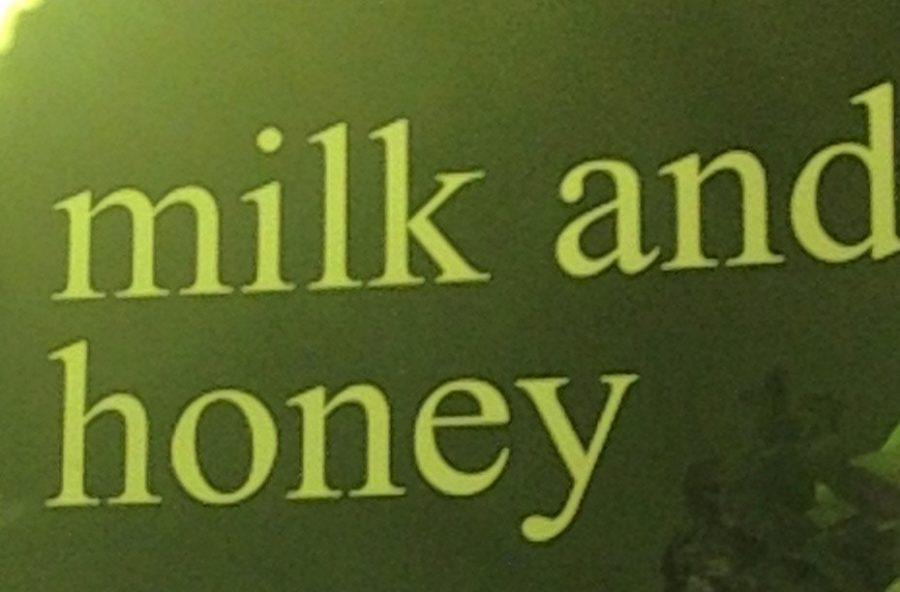Milk and Honey
the controversial and beautiful poetry
A copy of Milk and Honey
March 3, 2017
When reading Milk and Honey, the reader must know that they are taking a moment to experience the most vulnerable parts of poet Rupi Kaur. Her first poetry book, released in 2015, caused controversy from her art and words that show the reality of violence and pain that young women deal with. Taking the reader on her journey through the hurting, the loving, the breaking and the healing.
The hurting, written for the girl who’s first-time was not her choice or for the girl who has dealt with toxic relationships. The pain of heartbreak, emptiness and being taught from a young age to be less than what you truly are. Some poems are small and can be passed down as quotes, then some tell stories that even if the reader can’t relate to, can cause understanding.
Some poems are messages to fathers, lovers and some to Kaur herself. Which then become messages to readers and Kaur allows the reader to have the option of carrying these messages on as life lessons.
The loving is a memory of the boys who have allowed us to see the most beautiful and easily manipulated parts of us. From our minds, hearts and bodies, Kaur expresses through her personal experiences, which serve as reminders and warnings to the reader.
The breaking describes the struggle of holding onto something that is no longer there. Kaur takes you through the feelings that come with loss of love, and when we come to terms with the truth about the people we let into our lives.
Kaur’s diction throughout is simple but powerful in every way possible. Hitting the audience emotionally and mentally and inspiring them all at the same time.
The healing is every self-help book you’ve ever needed in one section of this book. An ode to things we shouldn’t be ashamed of and being at peace with who we are. A memento to the things in life that truly matter in life, along with where we come from and what makes us individuals.
Even after the reader goes through this journey, the real tear-jerker is the letter to the reader at the very end. It’s as if Kaur is with you and for a moment you’re allowed to be vulnerable. You’re allowed to cry, to go through the hurting, the loving, the breaking, and the healing.






